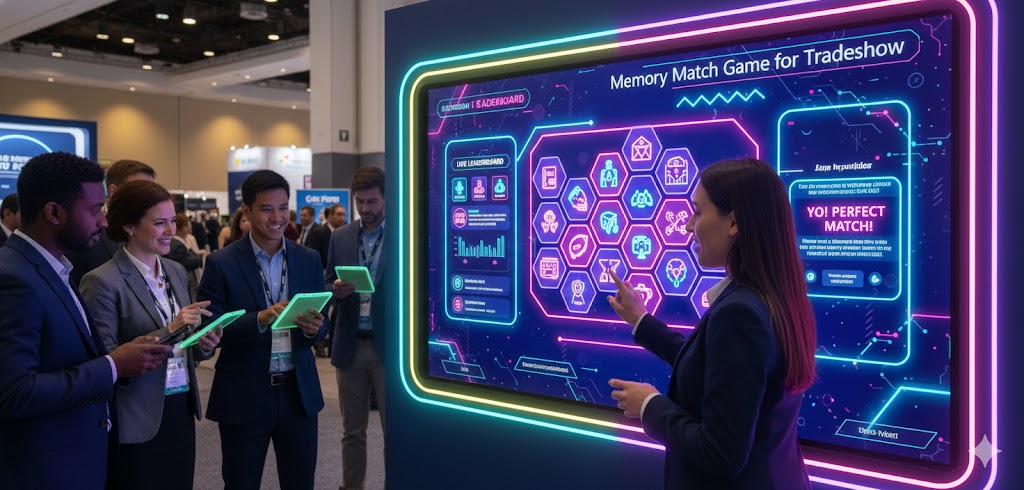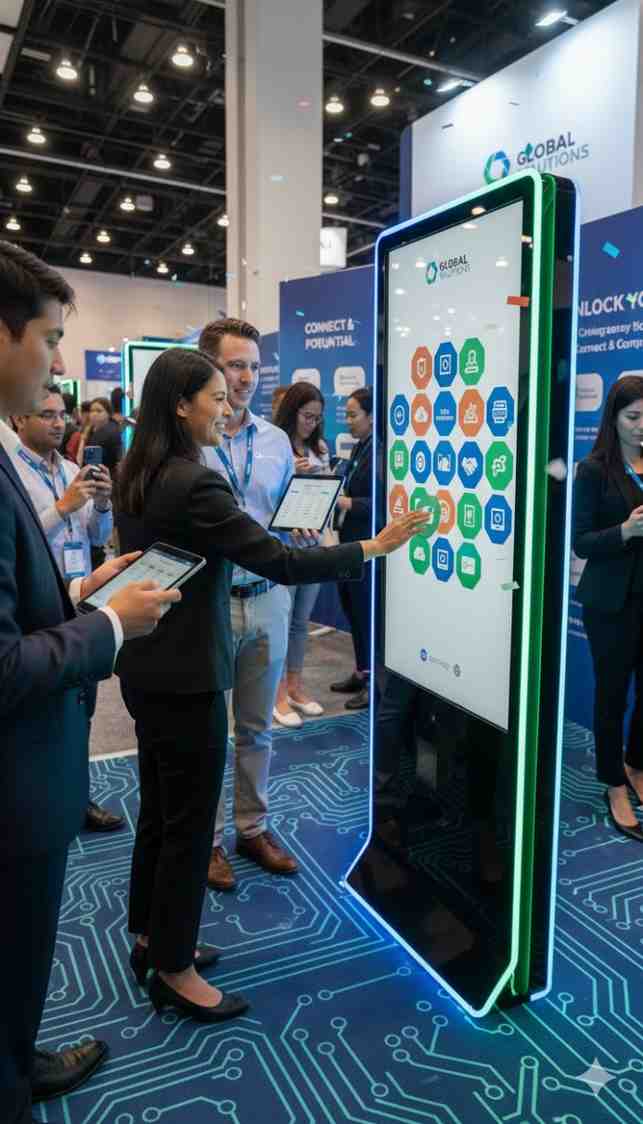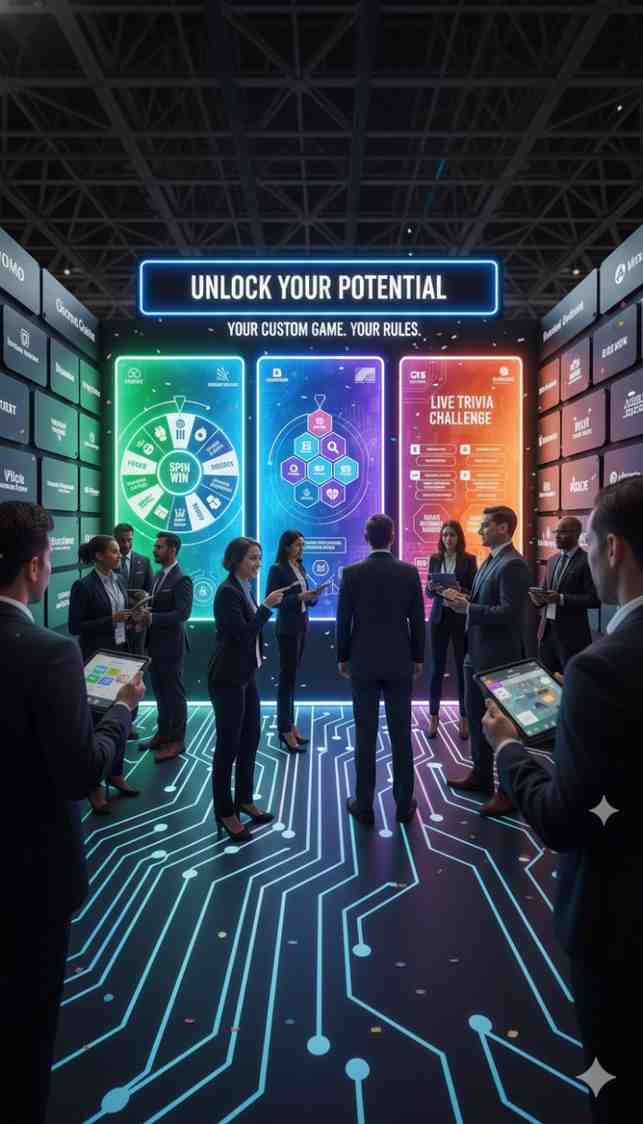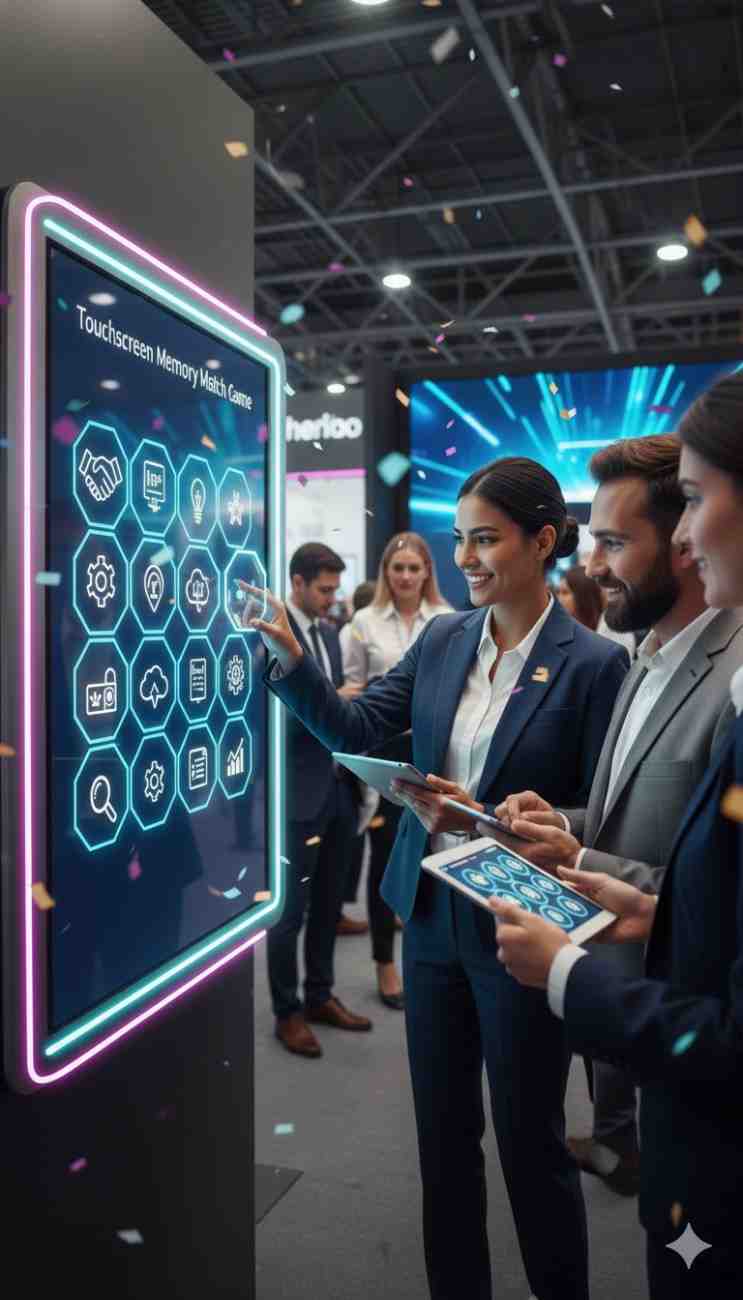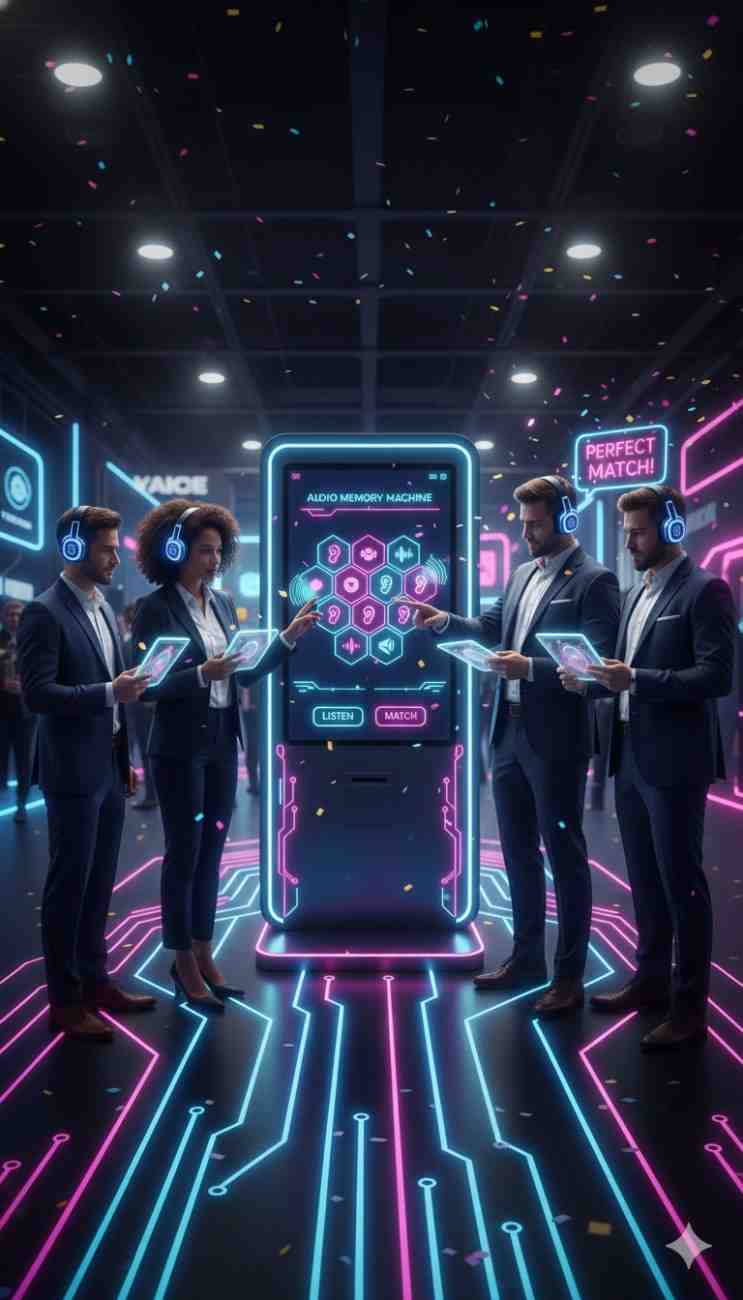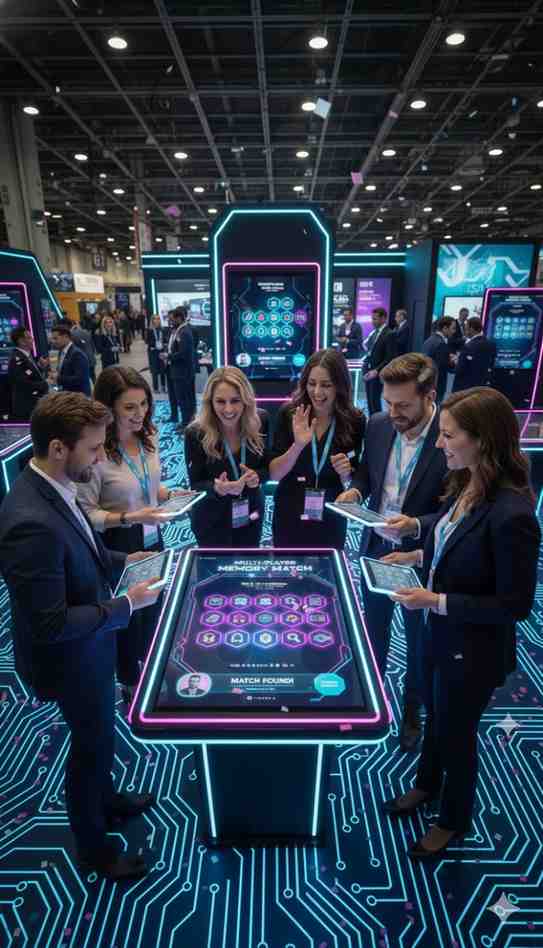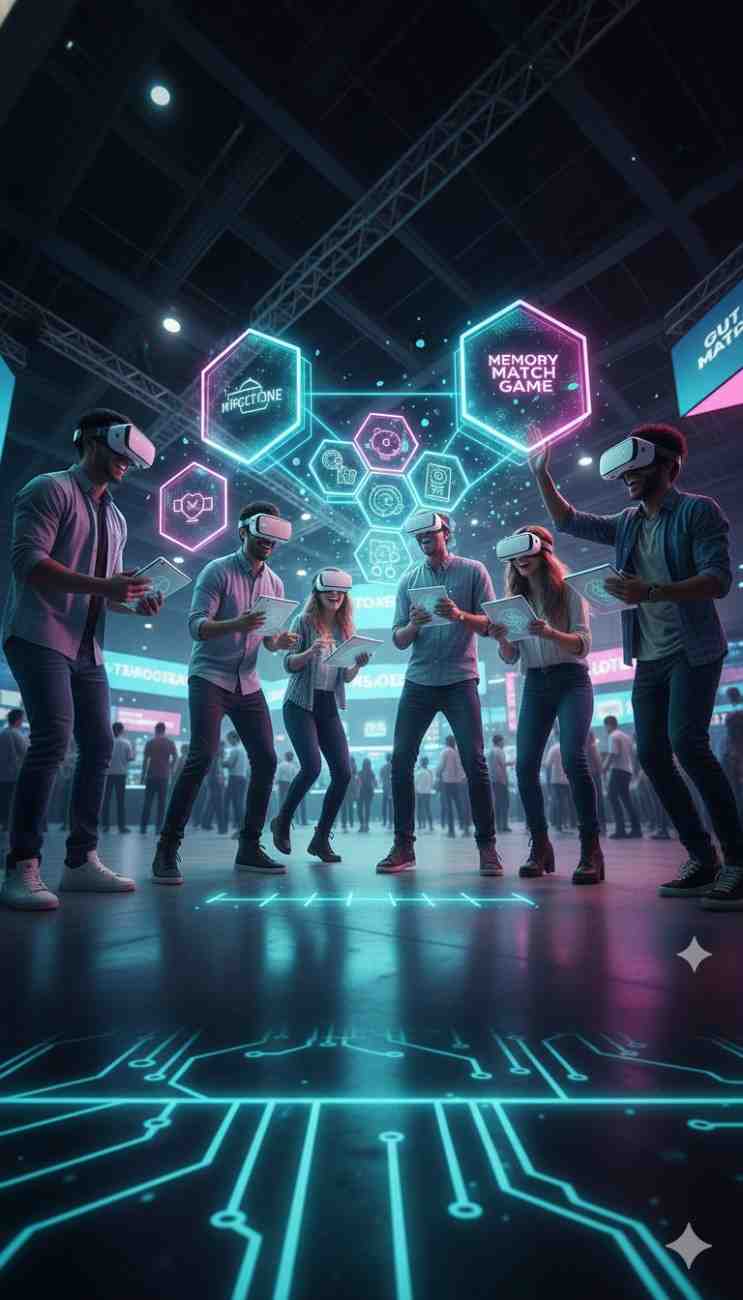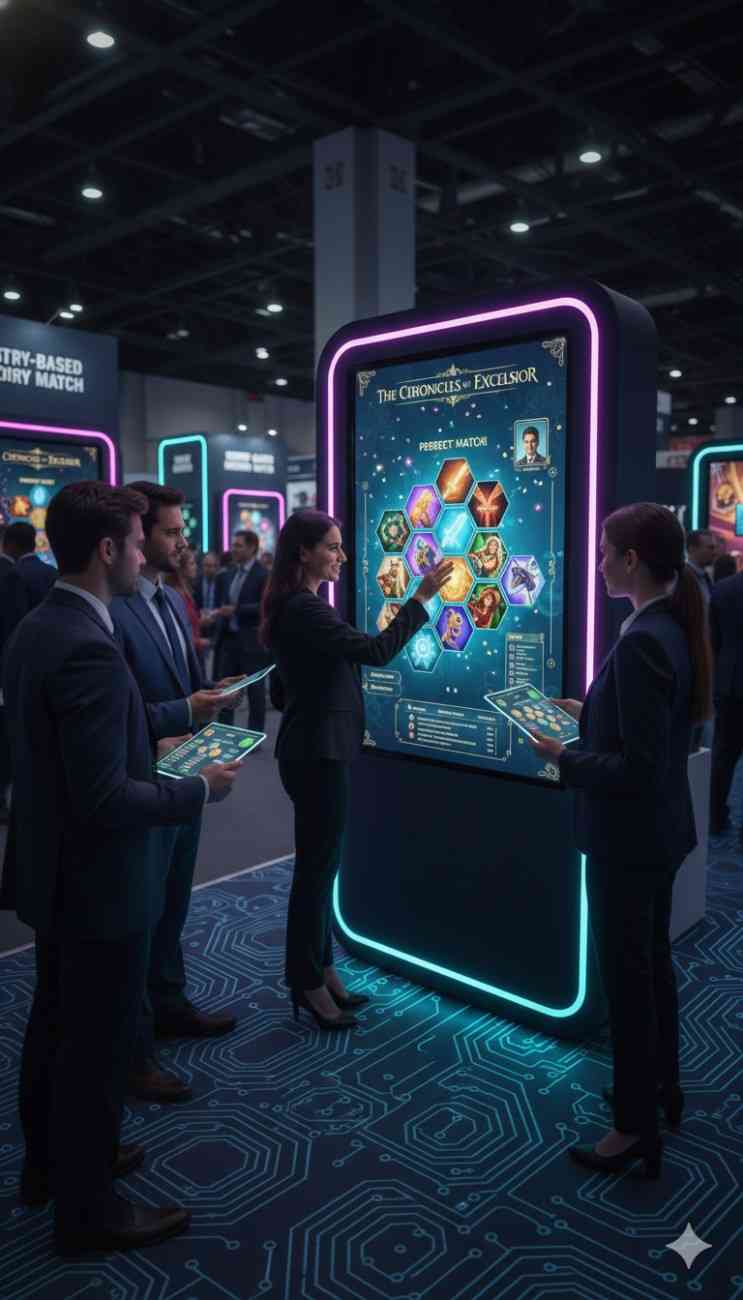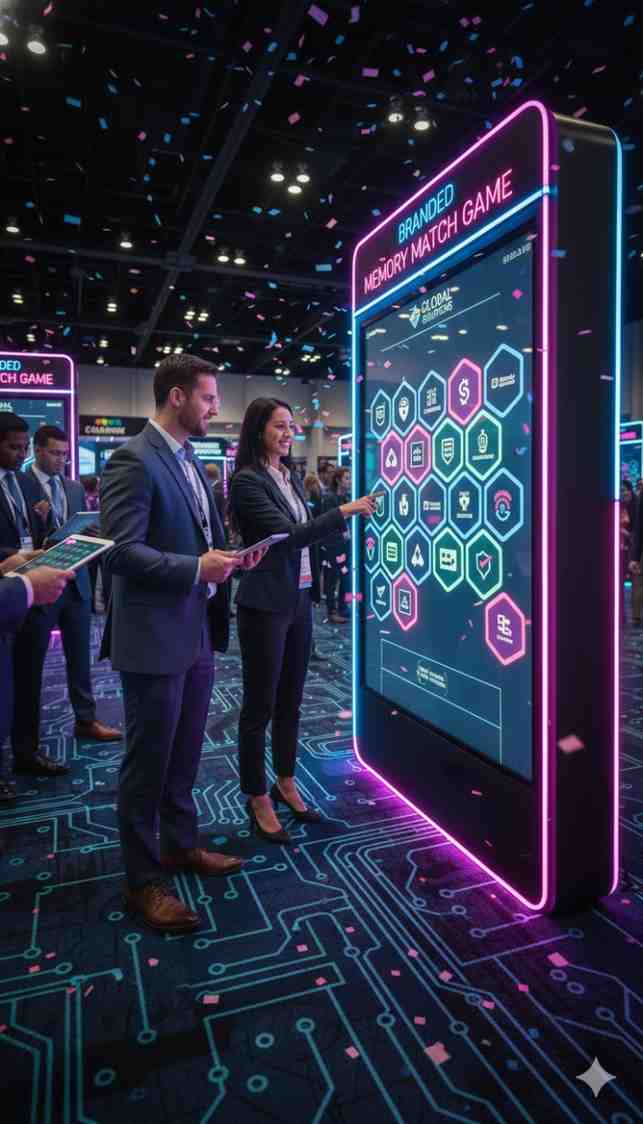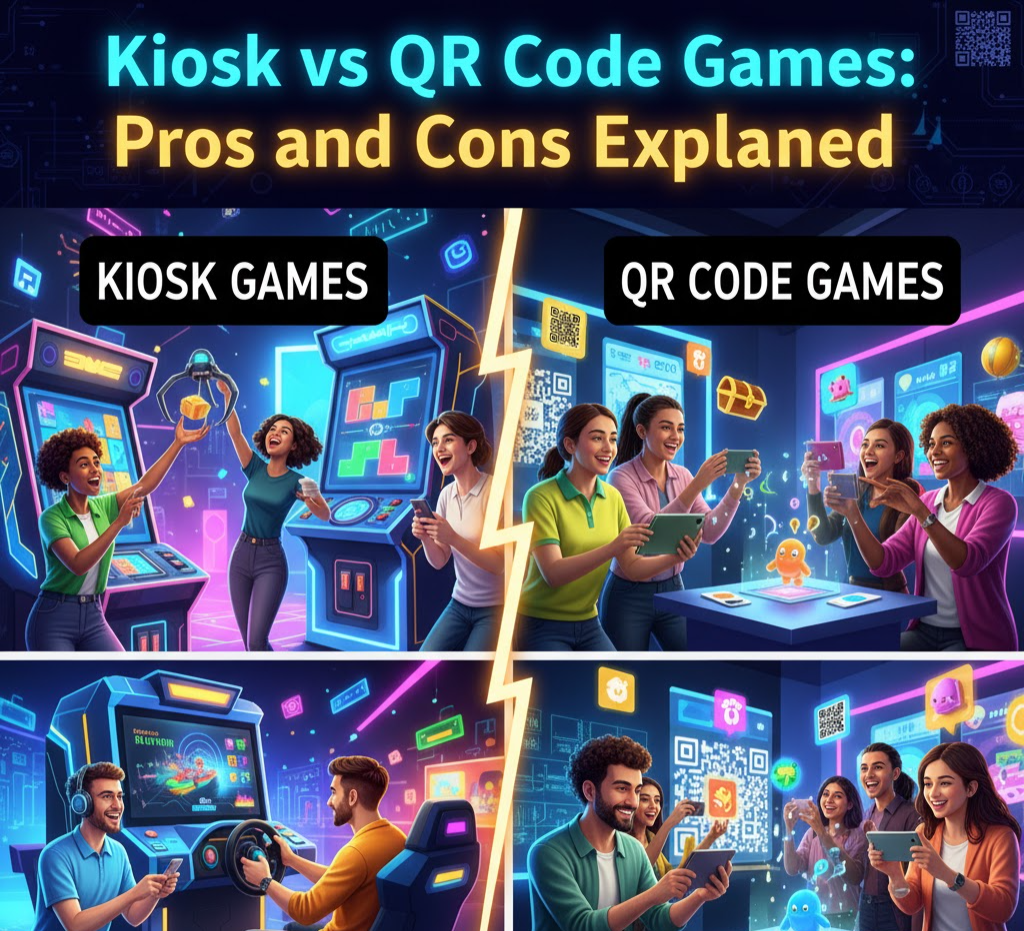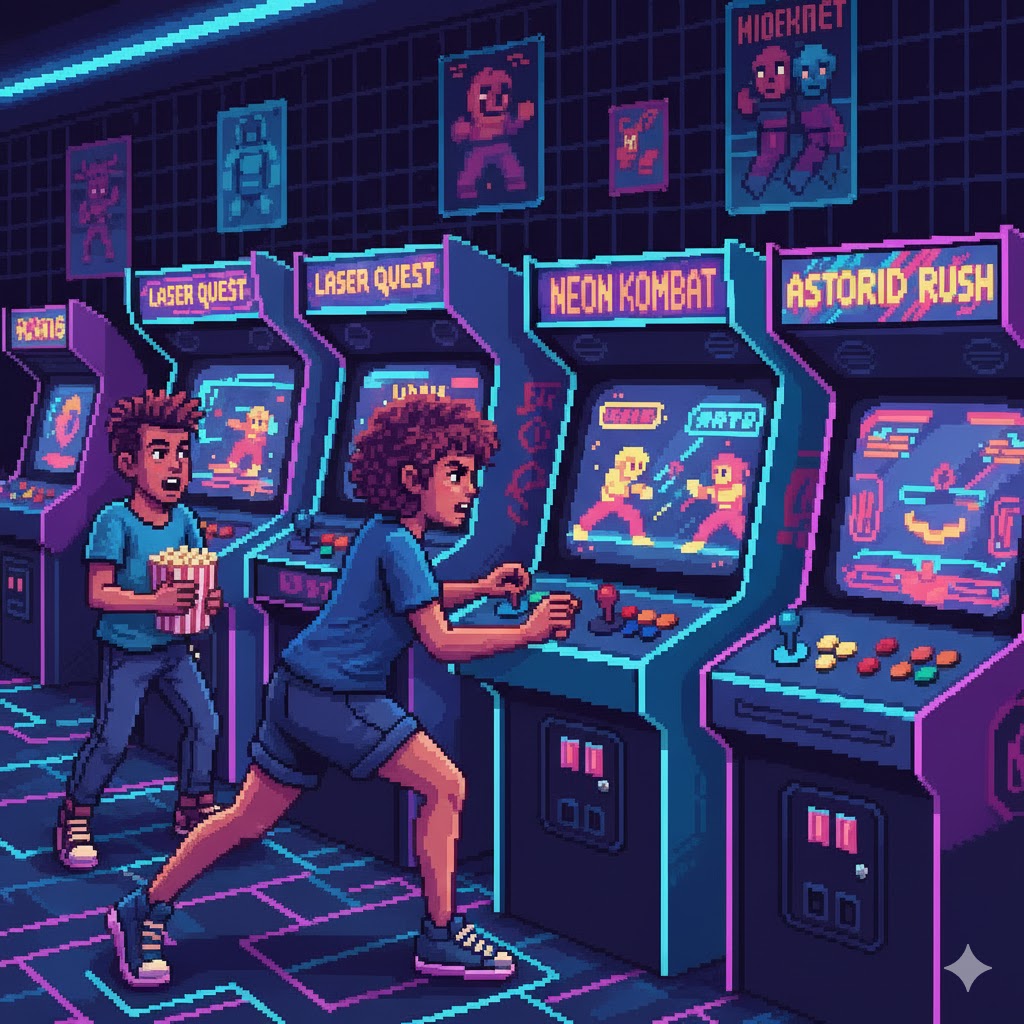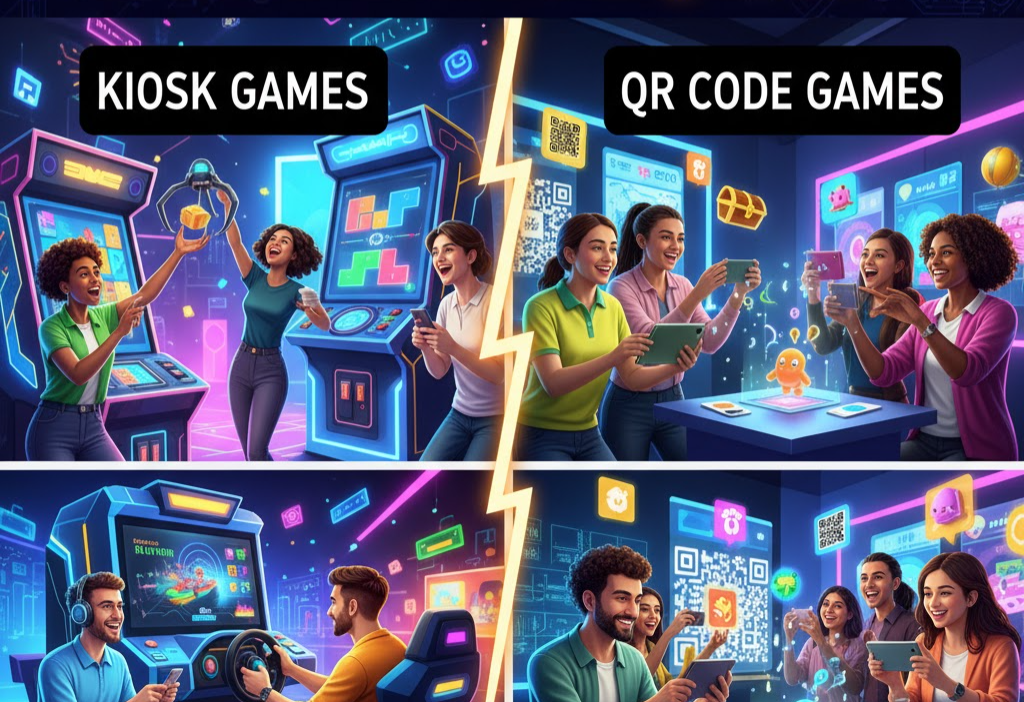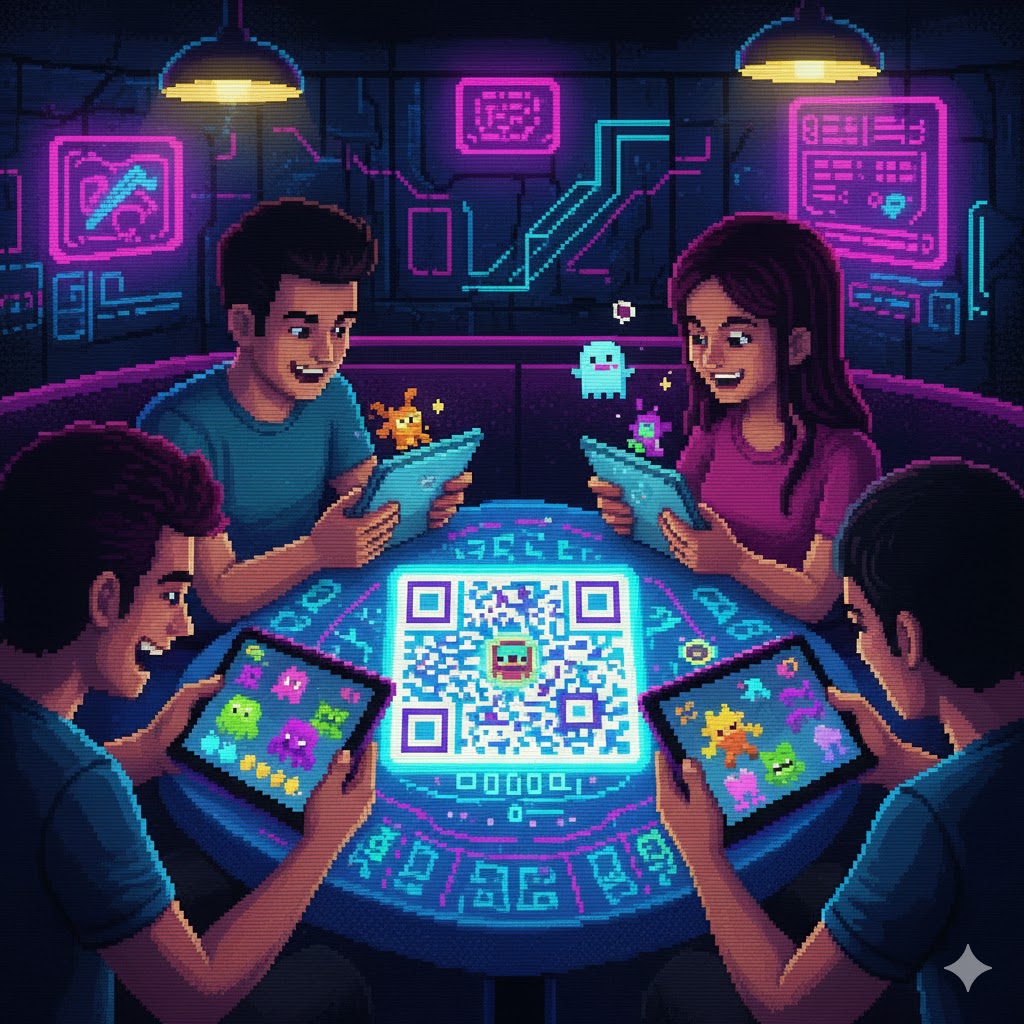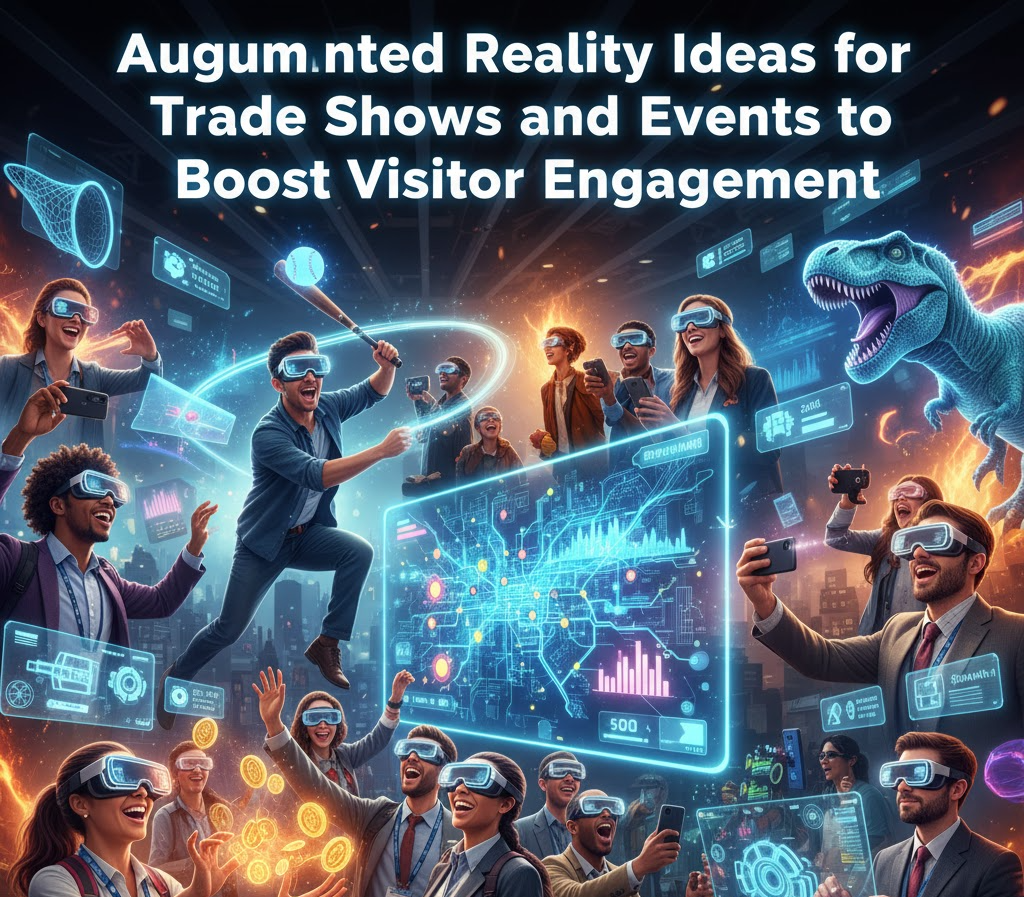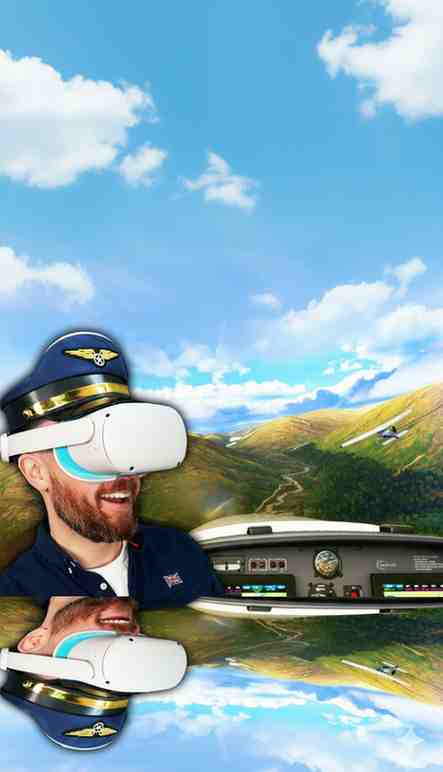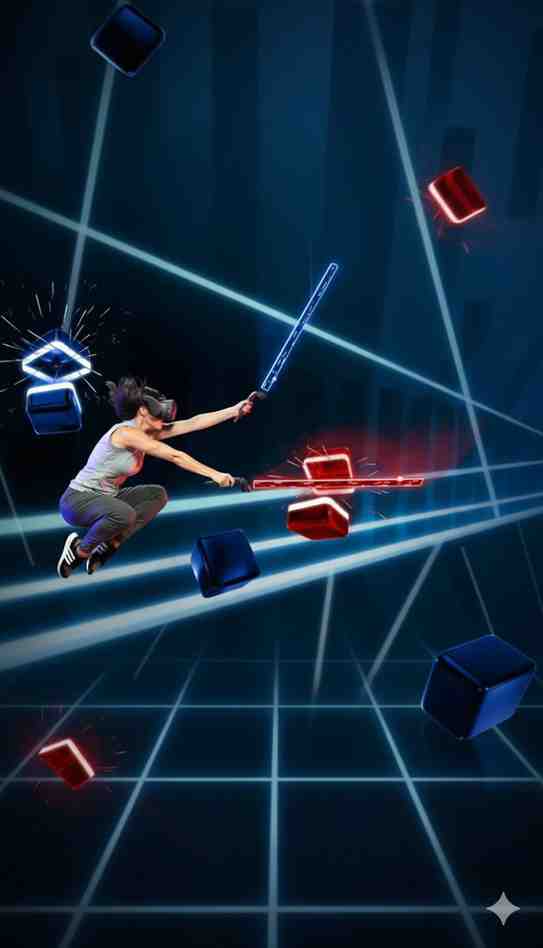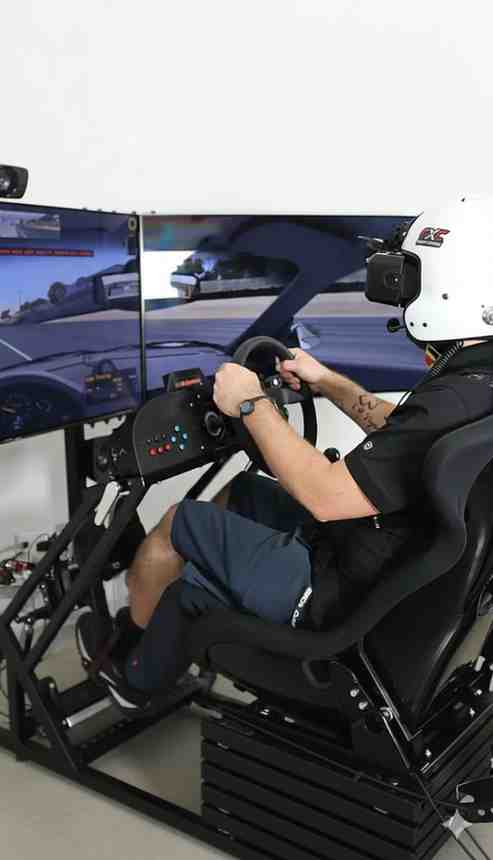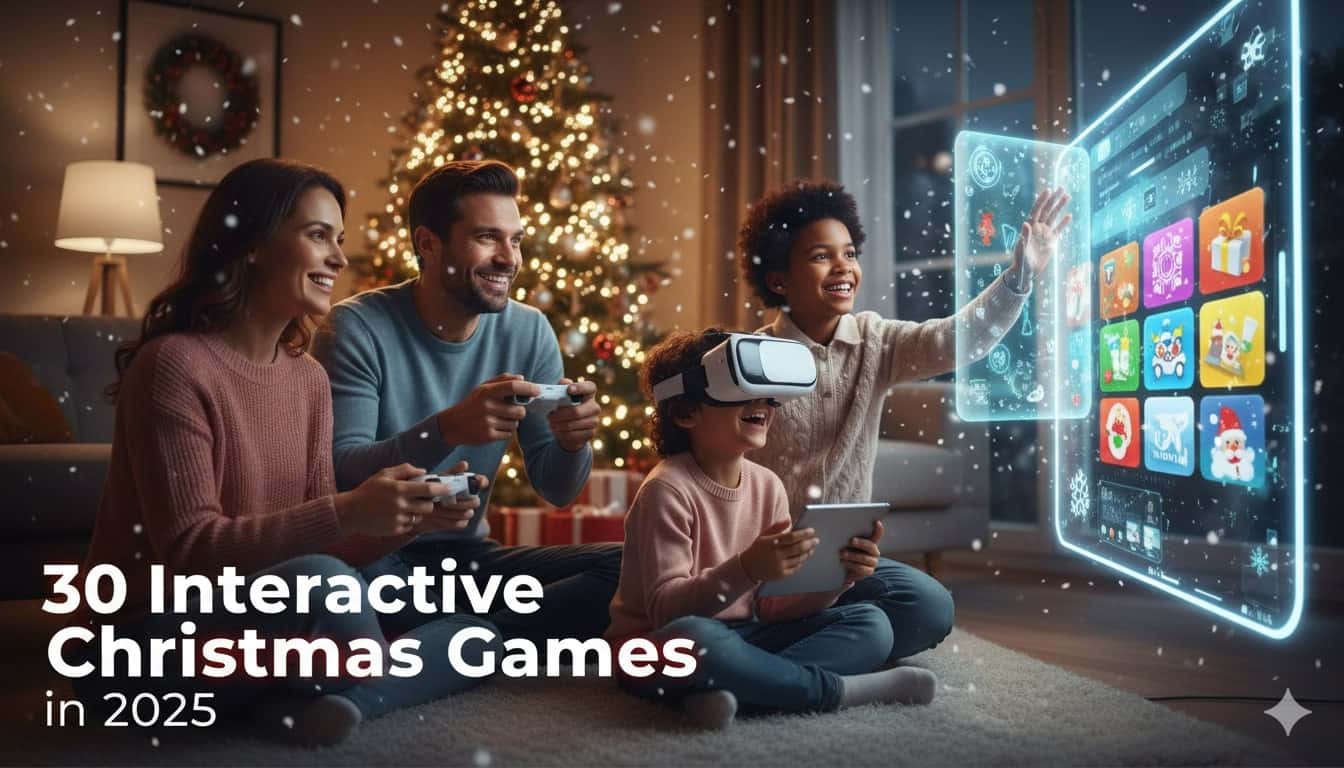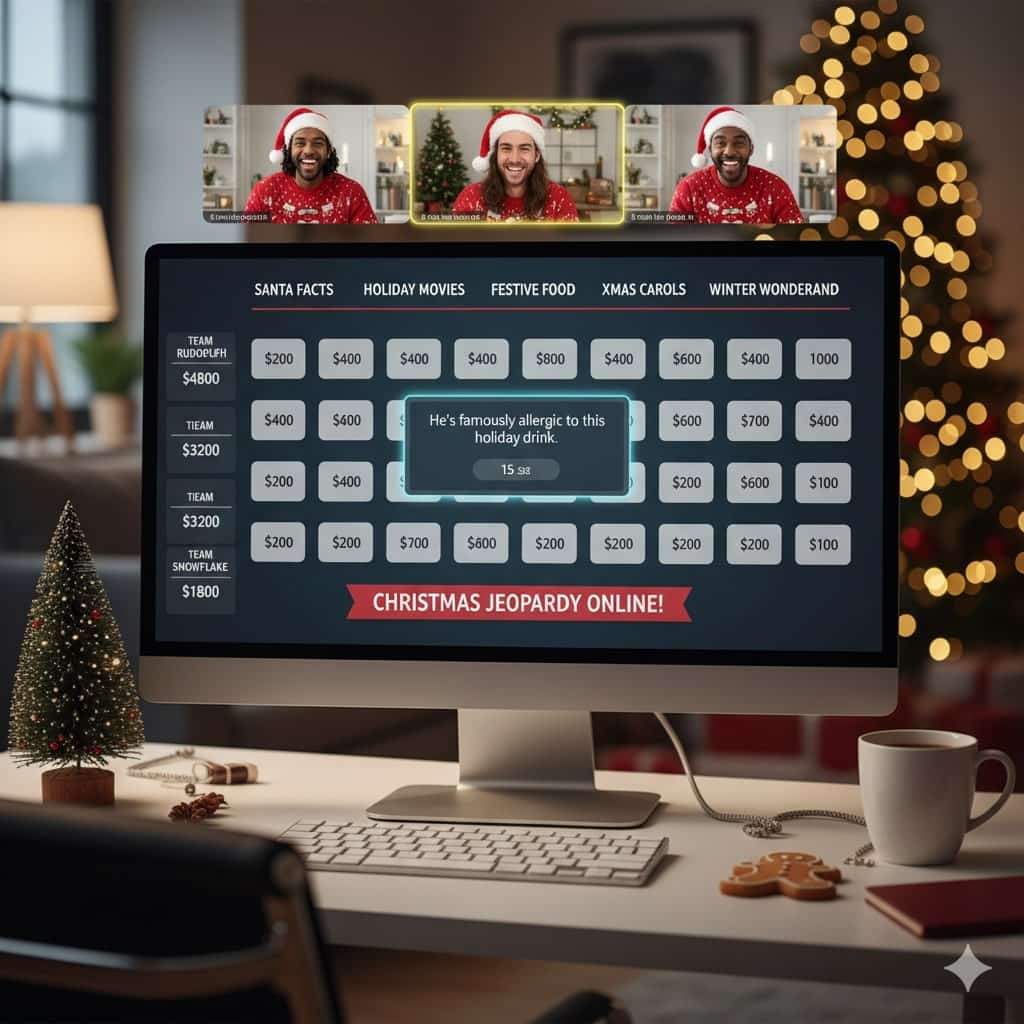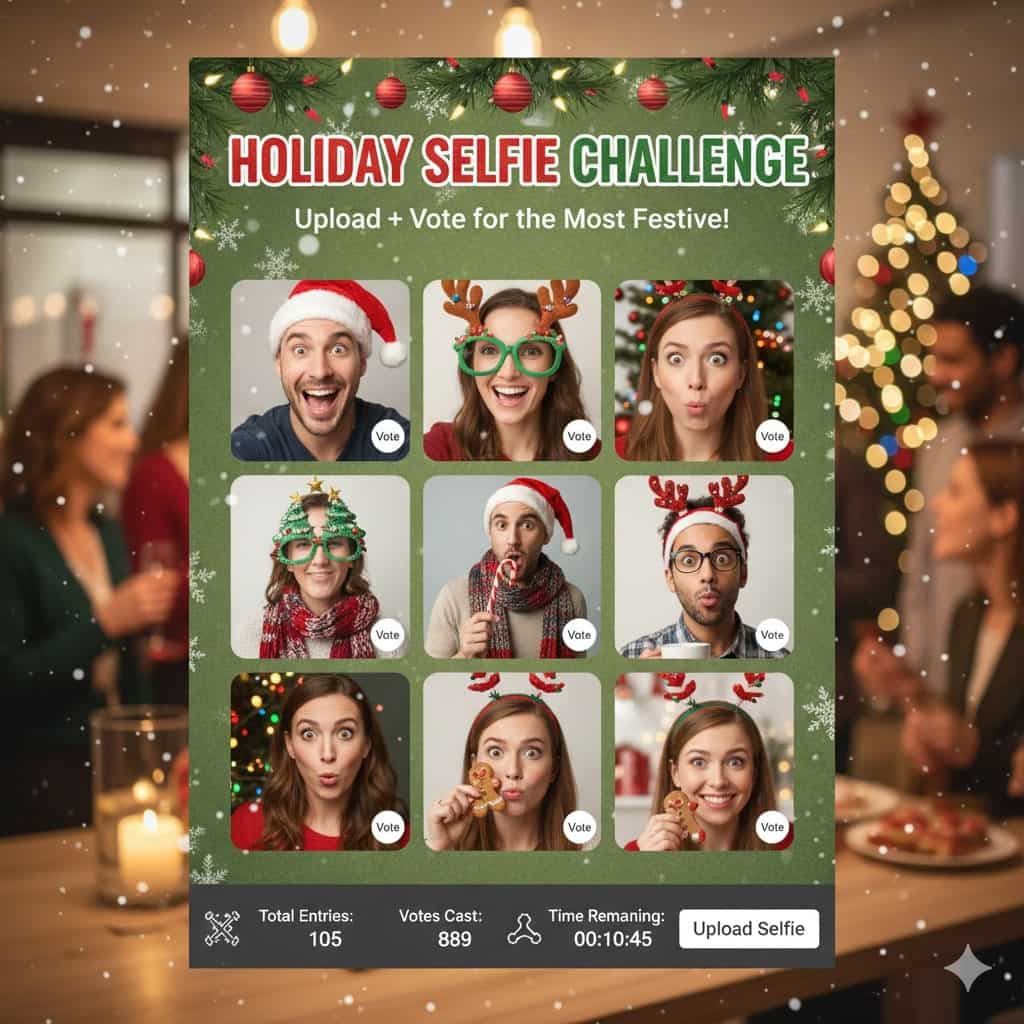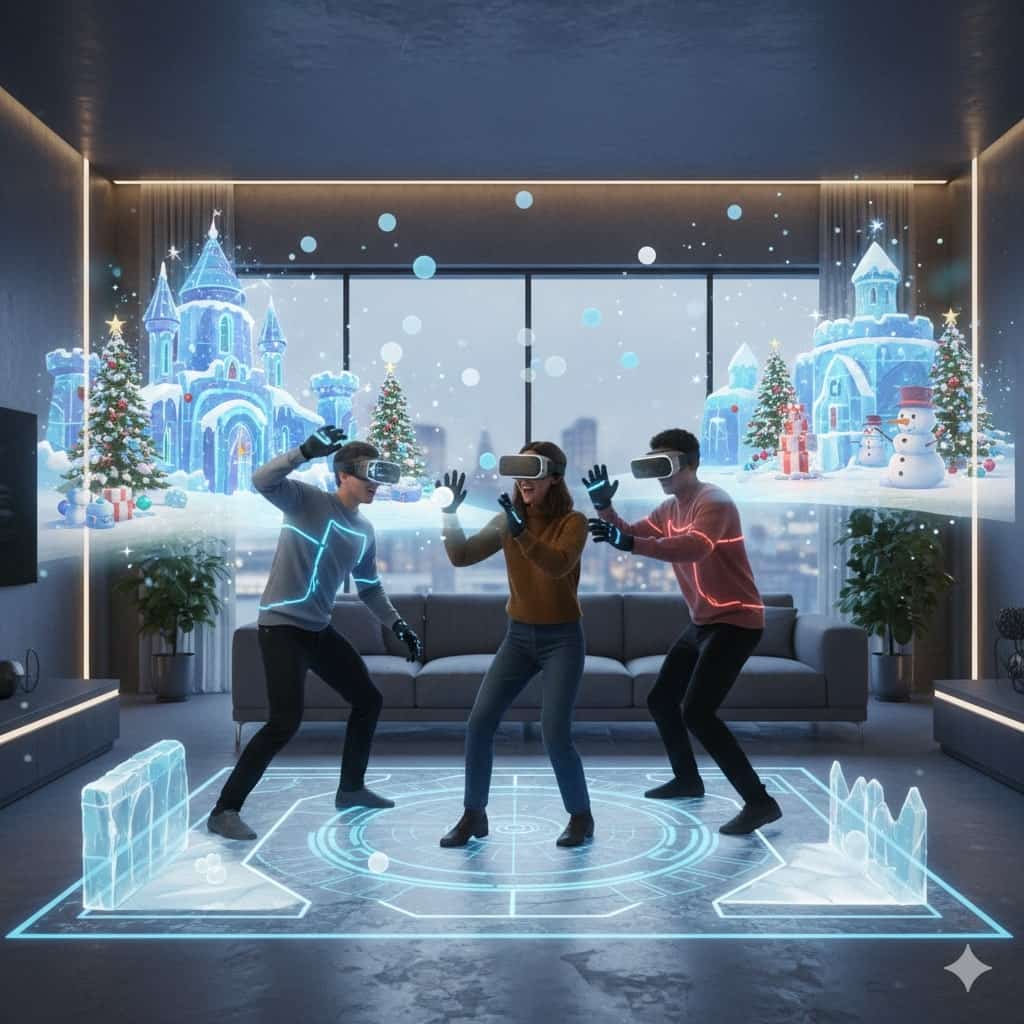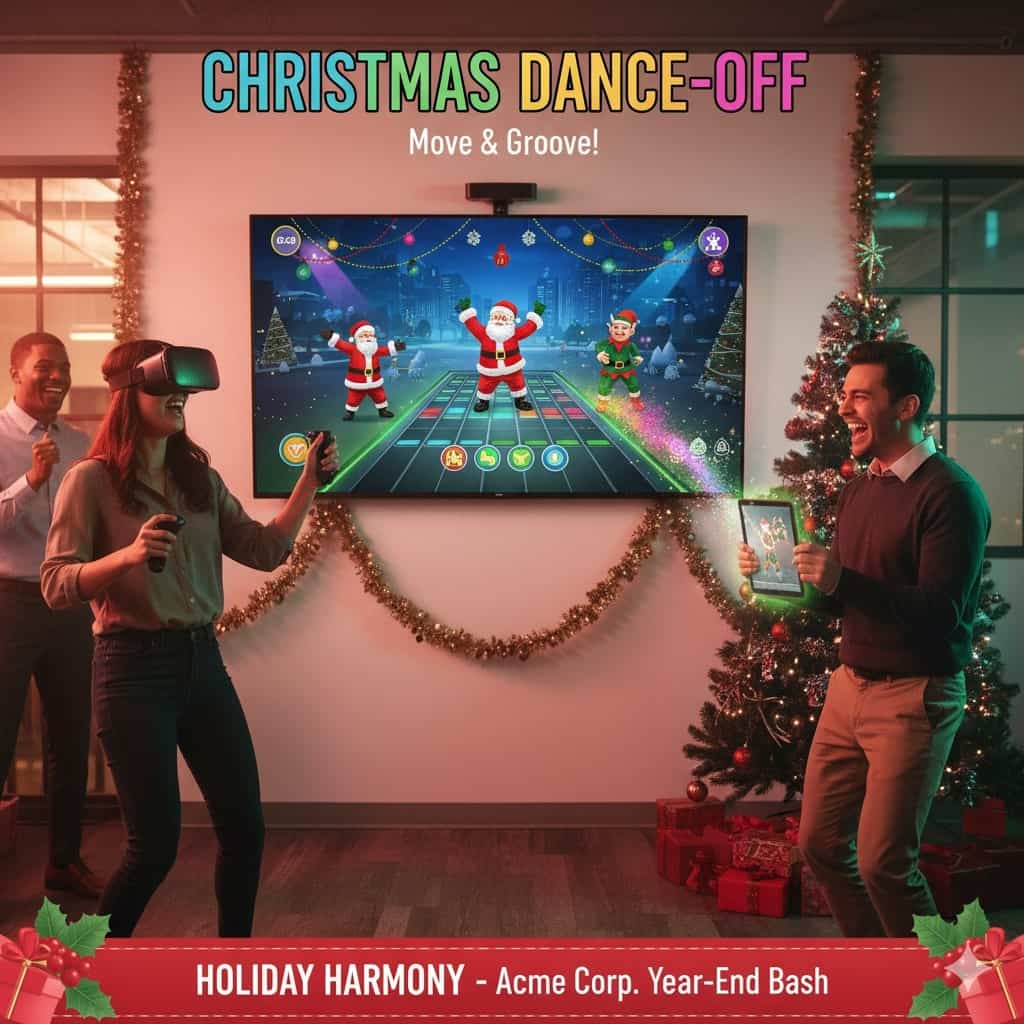The events space is competitive & brands shift from normal booth setups to immersive experiences that spark interest & create shareable moments.Mix of AR Filters for Trade Shows & Augmented Reality Brand Engagement & strong AR Event Marketing Tools with custom branded game ideas now helps modern brands attract visitors with ease.
The attendees want real experiences not basic pamphlets. visitors want fun tech driven interactions that feel smooth & simple.Interactive AR Booth Experiences & AR Filters for Business Promotion & custom branded game options now act as a strong part of event marketing. lines below explain the most effective types of AR filters brands use with clear details like What it is & Why it works & How to use it & Real examples & Benefits.
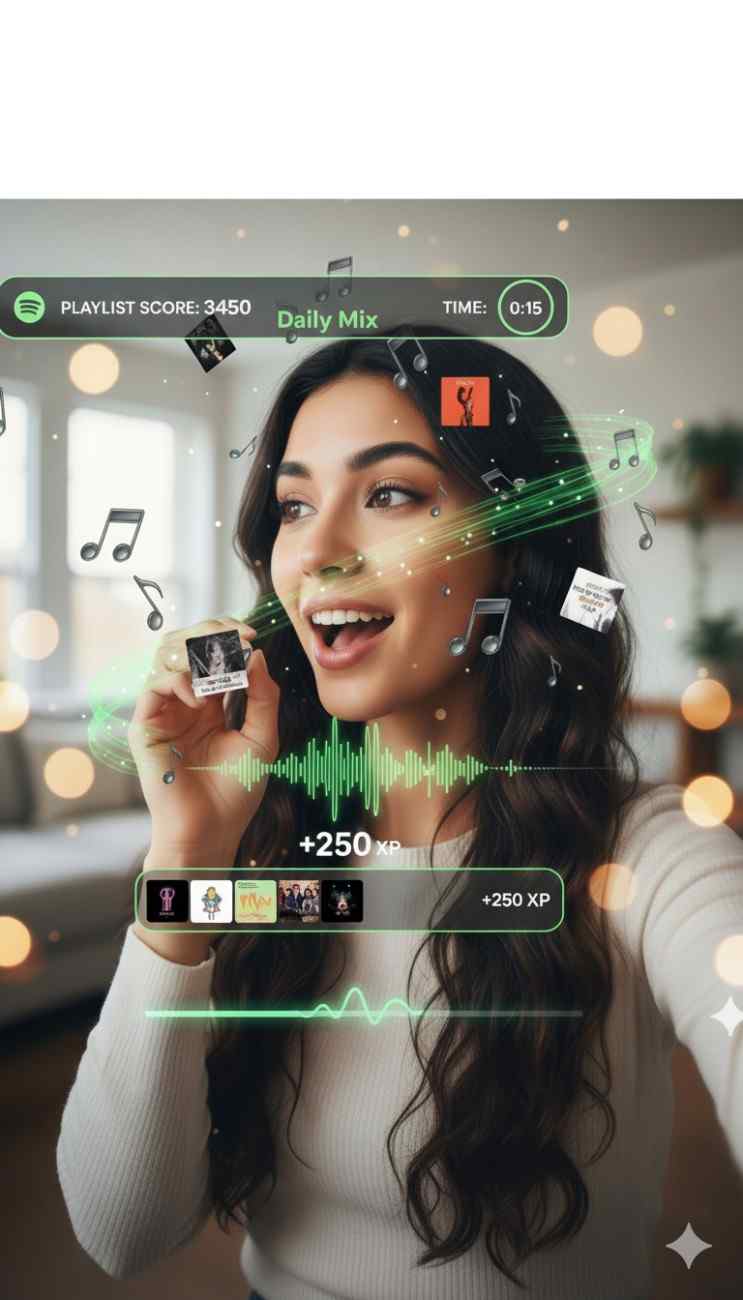
1.Face Based AR Filters for Trade Shows
What is face based AR filters ?
The face based AR filters use face tracking tech to place digital effects & brand items & simple animations on the faces of visitors.
The AR face filters for events work well on Instagram & Snapchat & TikTok & booth AR screens.
Why face based AR filters Works ?
The face filters feel fun & social for visitors.
The people enjoy taking shareable selfies & the brand gets instant Augmented Reality Brand Engagement.These filters push visibility as users share them online with ease.
How to Use face based AR filters
- The brand can make a custom face filter with colors & icons & mascots & key words.
- Booth team can invite visitors to click photos at a photo zone.
- Brand can add small product animations for stronger recall.
- The booth can add a tag to track visitor posts.
Benefits of Face based AR filters for Trade Shows
- Highly shareable
- Ideal for Instagram AR filters for brands
- Strong visual branding
- Encourages user created content
- Boosts social reach fast

2.Product Visualization AR Filters for Brands
What is product visualization AR filter ?
The product visualization AR filter lets visitors see 3D items through phone cameras.
The filter can show electronics & machines & accessories & large models in a digital form.
Why product visualization AR filter Works ?
The buyers want a clear hands on view before choosing.AR product visualization helps visitors see features & rotate models & view options without physical items.The users get fast clarity in product value.
How to Use product visualization AR filter ?
- The booth can place a QR code for scanning.
- Visitor can point the phone camera to see the 3D model.
- Brand can add labels & points & small animations for help.
- The visitor can place the model in real space to see size.
Benefits of product visualization AR filter
- Better product understanding
- Useful for hybrid events
- Good for complex demos
- Strong for business buyers
- Supports immersive event experiences
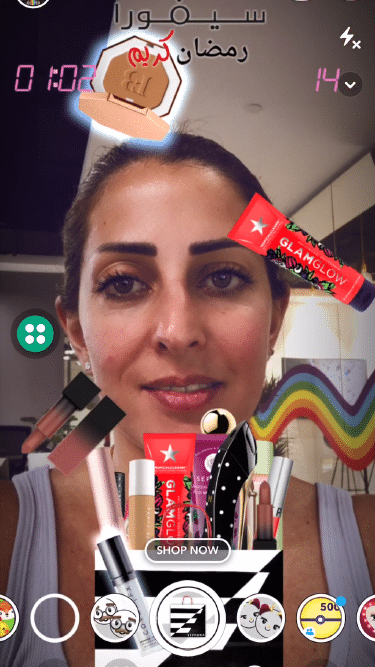
3.Gamified AR Filters for Business Promotion
What is gamified AR filters ?
The gamified AR filters turn AR visuals into simple mini games.
The game tasks can include catching items & tapping icons & moving brand elements.
Why gamified AR filters Works ?
The games increase visitor stay time. Interaction builds recall & pushes deeper brand insight.These filters work as strong Trade show engagement ideas for busy booths.
How to Use gamified AR filters
- The brand can build a game based on its theme.
- Booth can place a leaderboard for fun contests.
- Team can offer rewards for high scores.
- Product icons can appear inside the gameplay.
Benefits gamified AR filters
- High engagement
- Works well with event gamification with AR
- Drives repeat visits
- Supports lead generation
- Fun & easy to recall
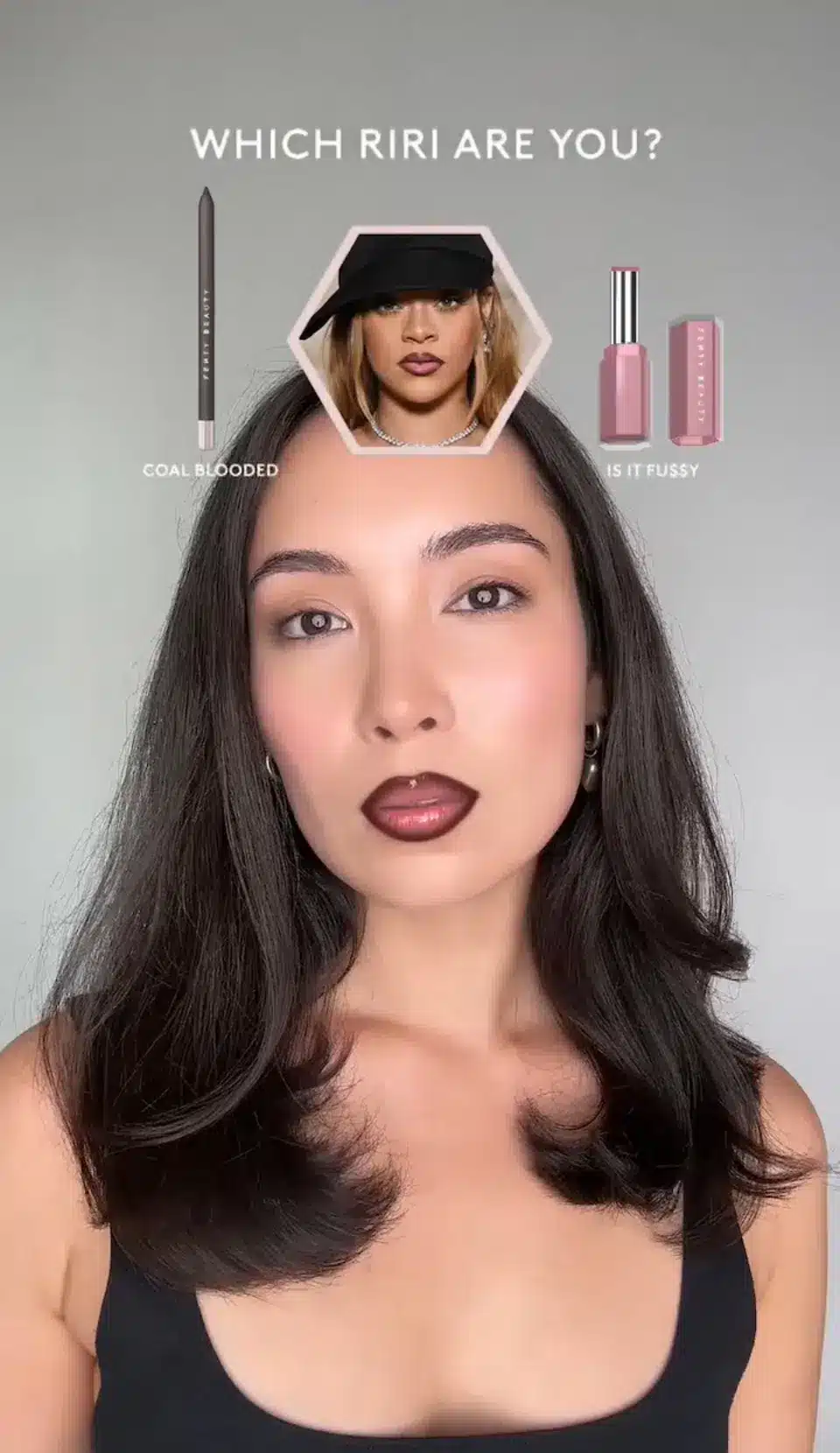
4.Branded Effect AR Filters for Trade Shows
What is branded effect AR filters ?
branded effect AR filters fill the area around the visitor with brand visuals like logo particles & animated scenes & floating product items.
Why branded effect AR filters Works
These effects catch attention fast.The booth becomes a live stage for a strong AR marketing strategy.
The effect gives one clear digital & real brand moment.
How to Use branded effect AR filters
- The brand can place floating logos & brand colors.
- Booth can use animated text for key messages.
- Brand can give looks like neon or comic or future themes.
- The visitors can record short videos with the AR scene.
Benefits of branded effect AR filters
- Strong visuals
- Clear branded message
- Good for social media AR campaigns
- Creates standout moments
- Works well for short videos

5.Interactive AR Booth Experiences With Full Body Effects
What is Interactive AR Booth ?
Interactive AR Booth setups use large AR screens or mirrors to add full body suits & digital items & themed scenes to visitors.
Why Interactive AR Booth Works ?
These systems pull crowds quick. people enjoy watching others interact & the booth becomes a busy spot. full body effects create a wow moment that visitors remember.
How to Use Interactive AR Booth ?
- The booth team can install an AR mirror.
- Brand can add full body costumes or themed outfits.
- The booth can place animations around the user in AR.
- The system can give QR links for instant downloads.
Benefits of Interactive AR Booth
- Pulls large crowds
- Creates high sensory impact
- Good for video content
- Boosts brand recall
- Strong booth visibility
Conclusion
AR filters for brandsAR filters for brands now act as a key tool for memorable event experiences.teams that use AR face filters for events & Branded AR effects & Interactive AR Booth Experiences & strong AR Event Marketing Tools turn simple booth visits into fun shareable moments.
The Augmented reality Filters help turn curiosity into engagement & turn engagement into meaningful talks & turn talks into lasting brand trust.Brands that aim to stand out & lift visibility at expos now choose AR Filters for Business Promotion as one of the smartest options in event marketing.
Ready to Add AR filters for brands to Your Booth?
At Twin Reality we create custom branded AR filters for brands that help generate qualified leads at trade shows expos & conferences. The booth team can use QR based face filters AR try ons or full interactive AR scenes & we help you turn the visitor experience into something fun memorable & shareable.


